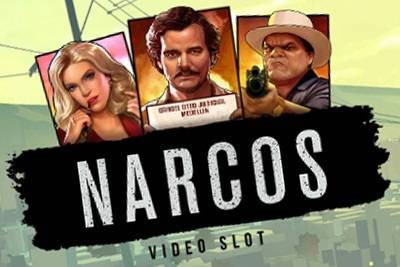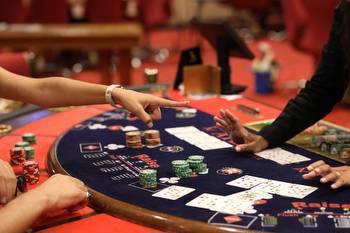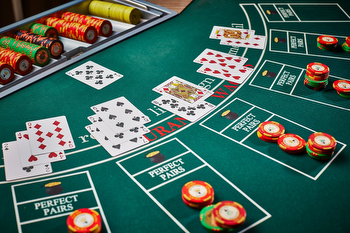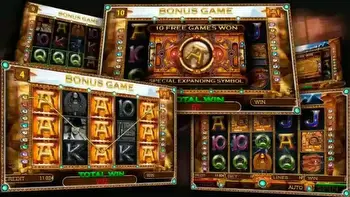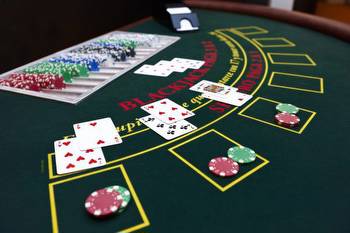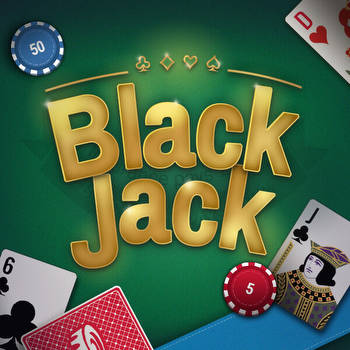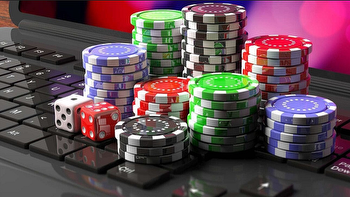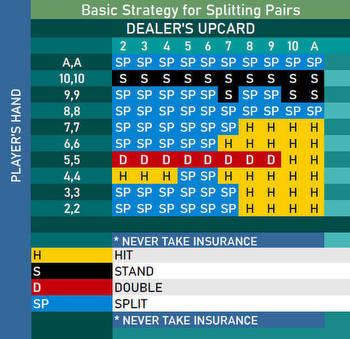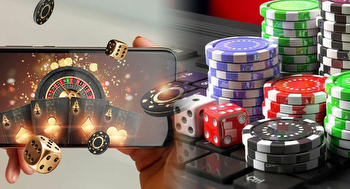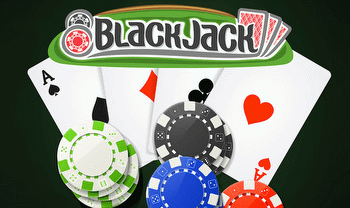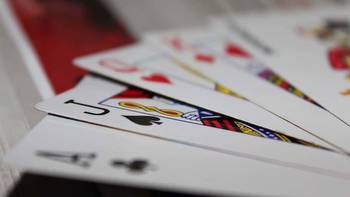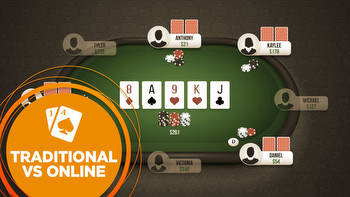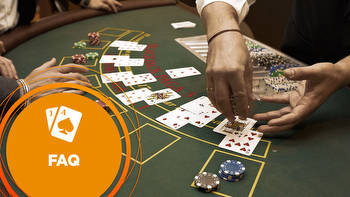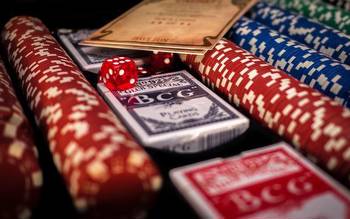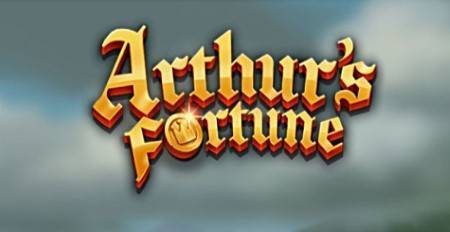The Evolution of Blackjack: From Card Tables to Digital Screens
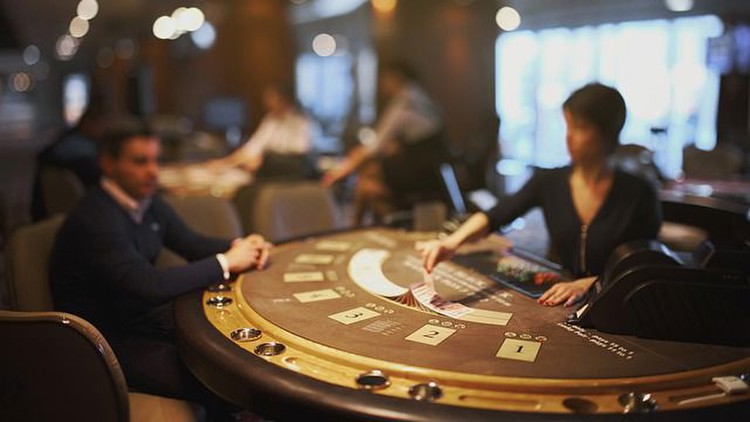
The history of blackjack is just as fascinating as the game itself. 'Twenty-One' was the original name of the game, which was played in the French and Spanish royal courts. Its allure was too strong to resist, and soon enough it crossed the Atlantic and established itself in the New World. From the opulent casinos of Las Vegas to the dusty saloons of the Wild West, the game captivated players with its distinct fusion of chance and skill.
And it has now, in the era of digital technology, moved smoothly into our screens, maintaining its originality while evolving. Now let's explore this intriguing history of blackjack, from card tables to computer screens, and appreciate the ageless appeal of a game that cuts across boundaries and age groups.
The Origins of Blackjack
Blackjack's earliest known antecedent, "Vingt-et-Un," was a game played in French casinos in the 1700s. The game has centuries of history. The goal remained the same: to achieve 21 without going over. The game changed as it crossed boundaries and became what we know as blackjack today. In order to up the ante on excitement, the "natural 21," or blackjack, was introduced to the US market. It pays out more for hands that include an Ace and a 10-point card.
Blackjack as we know it eventually made its way around the world, becoming a fixture in casinos from Macau to Monte Carlo. Every location added an own touch to the game, creating a wide variety of permutations. In Atlantic City, players can surrender a poor hand and earn a refund of half of their stake, whereas in European blackjack, the dealer gets dealt a second card after every player has finished their hand.
The Transition to Digtal Age
Blackjack entered the online sphere throughout the 1990s and 2000s digital revolution, opening up a world of opportunities. Numerous blackjack variations have been developed for online platforms, each with its own set of rules and gameplay options. Online blackjack has reached new heights thanks to the charm of novel game variations and the ease of playing from home or on the go.
Blackjack 21+3 is one of the more prominent contemporary variants. With this variation, the thrill of three-card poker is combined with the classic experience. You can place a side bet in this game in addition to your normal blackjack wager on whether the combination of your two cards and the dealer's up card forms a winning poker hand. It's a small change that gives the game a new depth. If you don't have a poker combination with your three-card hand, you lose the side bet.
But if luck is on your side and you get a qualifying hand, the normal blackjack hand will continue before you know it. Combining two well-known card games into one unique combination makes 21+3 a popular option for those looking for some variation in their play.
Technological Advancements and Impact
The way Blackjack was adapted for computer gaming changed everything. The days of needing to go to a casino in person to play a game were long gone. You could now play blackjack anywhere, at any time. While incorporating new features like numerous game varieties, variable bet limits, and even single-player options, the digital version of the game managed to preserve its core elements. It was amazing to observe how modern technology improved the gameplay of Blackjack without sacrificing its essence.
Blackjack's appeal was further boosted by the emergence of digital platforms and online casinos. The game is now more accessible than ever thanks to these platforms, which delivered the casino straight to our screens. Not to mention the extra benefits that internet casinos provided, such as bonuses, promotions, and loyalty points. From real-world card tables in casinos to virtual Blackjack tables on our screens, it's amazing to consider how far we've come.
Blackjack Nowadays: A Plethora of Options
The blackjack world has never been more varied than it is now. In addition to 21+3, there is a thrilling variation called "Spanish 21" in which the entire deck is cleared of 10s. The game's dynamics are drastically altered by this update, which rewards more aggressive play and adds other benefits like bigger payouts for 21s made with more cards. Another interesting form of blackjack is called "Double Exposure Blackjack," which gives players a huge advantage by dealing both of the dealer's cards face up. But new rules like even money payouts in blackjack and more stringent guidelines for splitting and doubling down offset this clarity.
The unique rules and tactics that each variation offers help to maintain the game's interest and freshness. In addition to adding another layer of strategy, the elimination of the 10s in Spanish 21 and the complete disclosure in Double Exposure Blackjack offer a welcome variation for players used to standard blackjack. These contemporary blackjack modifications guarantee that the game will always be captivating, offering players fresh obstacles and chances to hone their abilities and modify their tactics.
Blackjack appears to have a similarly bright future. We might soon be entering a fully immersive blackjack experience where the distinction between real-world and virtual gaming becomes increasingly hazy thanks to technological breakthroughs like virtual reality.
Blackjack's evolution from a straightforward French card game to a widely popular game with a wide range of variations is evidence of its ongoing appeal. We're not just playing a game when we accept newer iterations like 21+3, but rather taking part in a rich history that keeps changing and captivating with each hand that is dealt. There's always something new to learn about blackjack, regardless of experience level, showing that this age-old game never ceases to astound and excite us.







